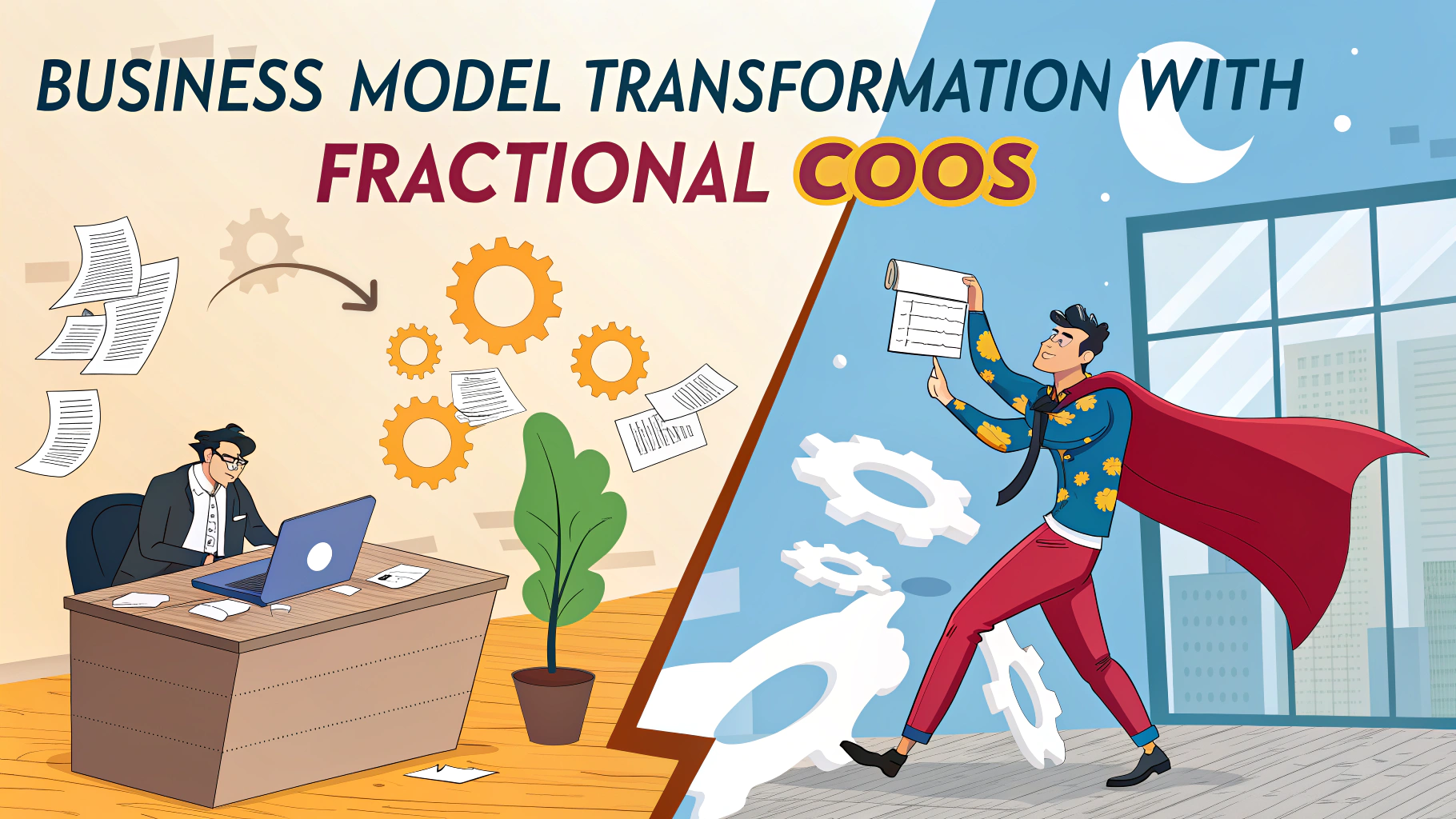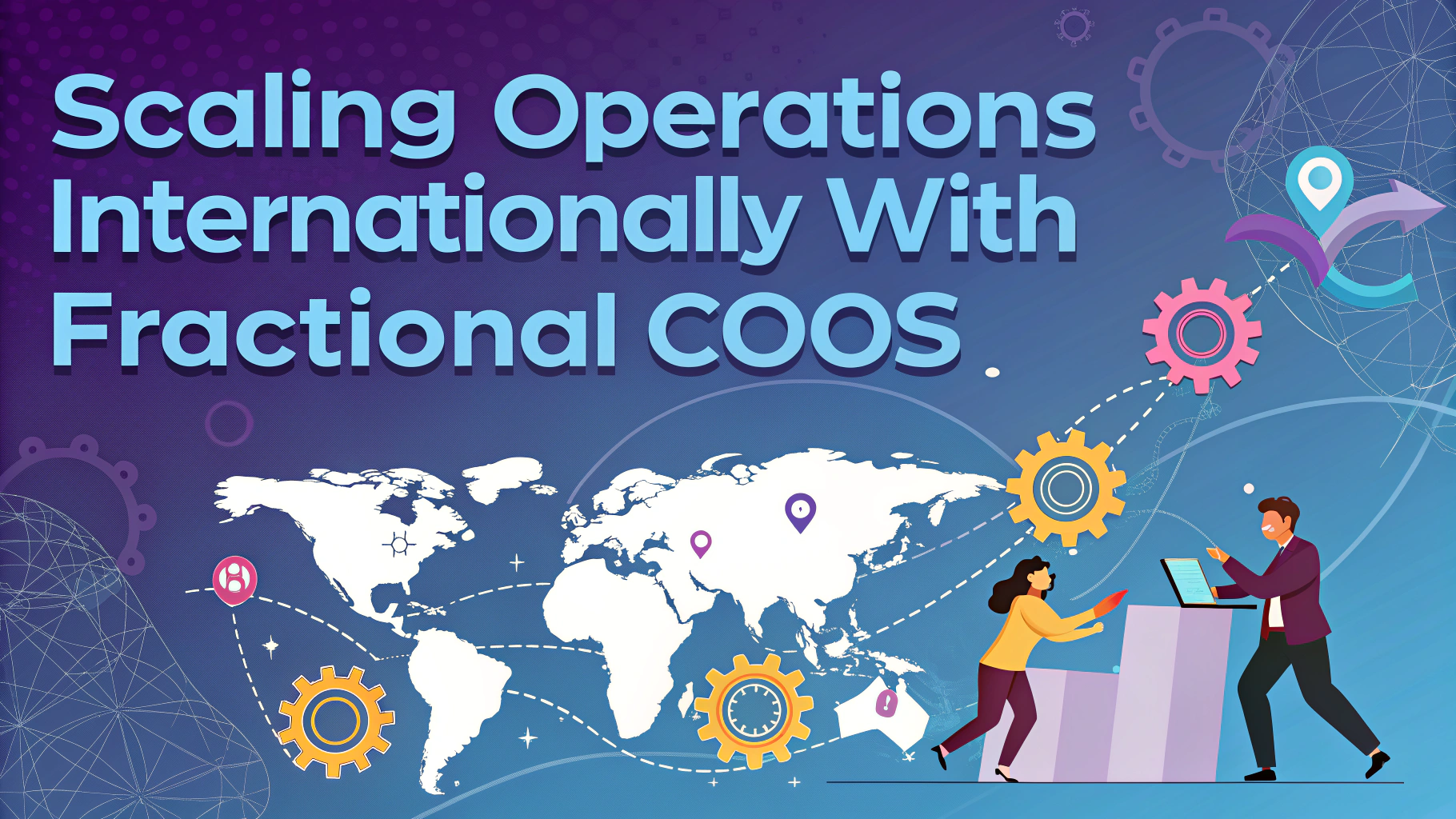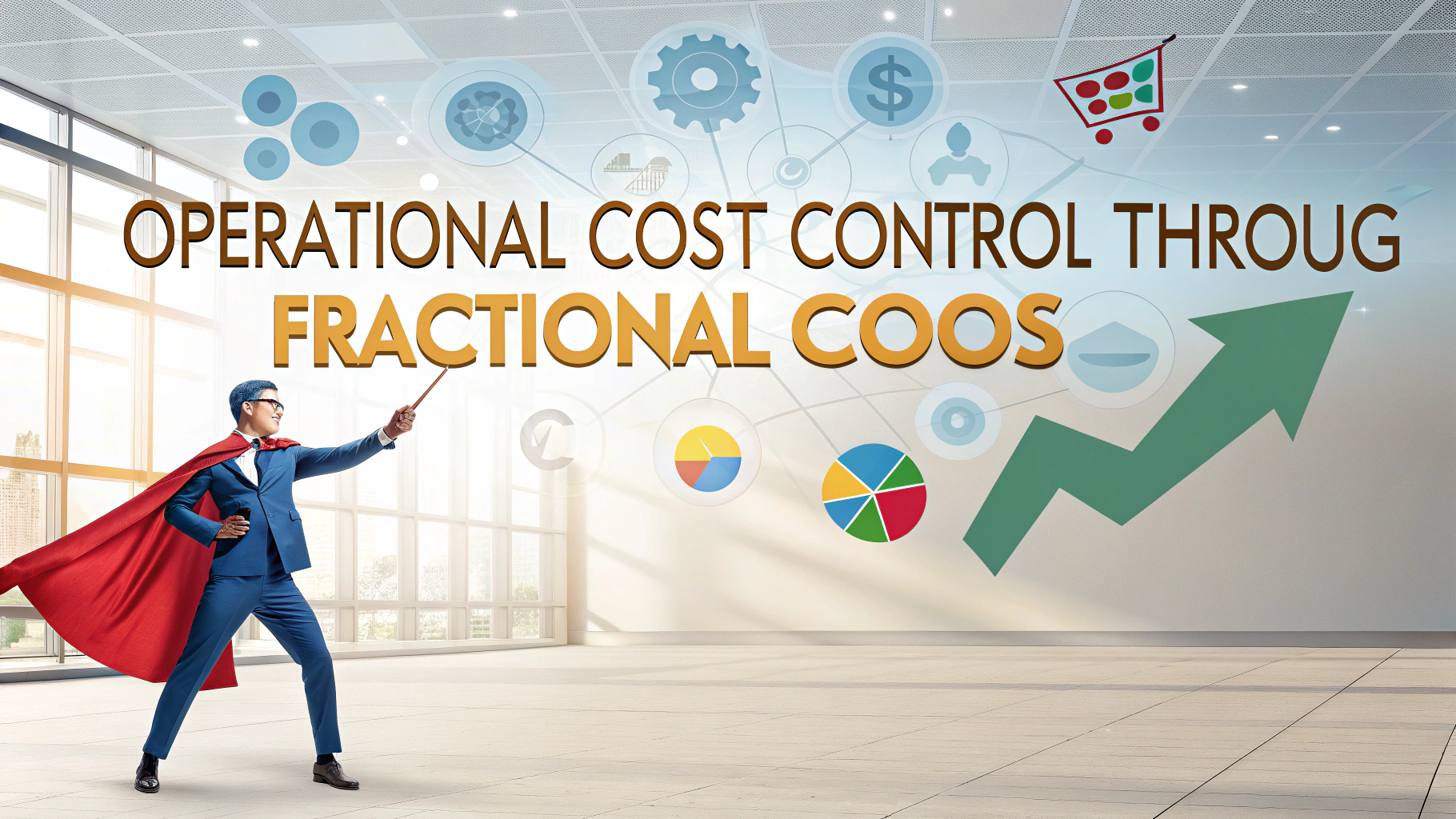The Chief Operating Officer (COO) typically ranks higher than a Vice President of Operations in most organizational structures.
A COO is usually the second-highest executive position after the CEO, overseeing all operational aspects of a company.
The VP of Operations generally reports to the COO and manages specific operational areas within the organization.
Key Differences in Responsibilities
- COO Responsibilities:
- Strategic planning and execution across all departments
- Direct oversight of multiple VP-level executives
- Company-wide operational decisions
- Development of organizational policies
- Direct reporting to CEO
- VP of Operations Responsibilities:
- Day-to-day operational management
- Department-specific strategy implementation
- Team leadership and development
- Budget management for operational areas
- Reports to COO or CEO
Salary Comparison
| Position | Average Salary Range (USD) |
|---|---|
| COO | $200,000 – $450,000+ |
| VP of Operations | $150,000 – $250,000 |
Career Path
Many COOs start their careers as VPs of Operations or similar executive roles before advancing to the COO position.
Making the Right Choice
Understanding the distinction between these roles helps professionals set realistic career goals and companies structure their leadership teams effectively.
For career advancement, professionals should focus on gaining broad operational experience and developing strategic thinking skills to move from VP to COO positions.
Organizations should evaluate their size and complexity when deciding whether they need both positions or if a VP of Operations can handle the operational responsibilities.
Required Skills and Qualifications
COO Requirements
- 15+ years of executive experience
- MBA or advanced degree preferred
- Extensive leadership experience
- Strong strategic planning abilities
- Cross-functional expertise
VP of Operations Requirements
- 10+ years of operational experience
- Bachelor’s degree (MBA preferred)
- Department-specific expertise
- Team management experience
- Project management skills
Industry Variations
The roles and responsibilities can vary significantly across different industries:
- Manufacturing: Focus on production and supply chain
- Technology: Emphasis on product development and scaling
- Retail: Concentration on store operations and logistics
- Healthcare: Focus on service delivery and compliance
Organizational Impact and Future Trends
Both positions continue to evolve with:
- Increased focus on digital transformation
- Growing importance of data-driven decision making
- Enhanced emphasis on sustainability
- Remote workforce management
Strategic Career Development
Success in either role requires continuous development of:
- Leadership capabilities
- Technical knowledge
- Industry expertise
- Change management skills
Professionals should align their career paths with organizational needs while developing the necessary skills for their target position.
Navigating the Executive Path Forward
The choice between pursuing a COO or VP of Operations role depends on individual career goals, experience level, and organizational fit. Success in either position requires a combination of operational expertise, leadership skills, and strategic thinking abilities.
Organizations must carefully structure these positions to ensure clear reporting lines and responsibilities, while professionals should focus on building the specific skills needed for their desired career trajectory.
FAQs
- What position is higher: COO or VP of Operations?
The COO (Chief Operating Officer) is typically higher ranking than a VP of Operations. The COO is a C-suite executive who oversees all operations across the organization, while a VP of Operations usually reports to the COO or CEO and manages specific operational areas. - What are the main differences in responsibilities between a COO and VP of Operations?
A COO is responsible for company-wide strategy, executive decisions, and overall operational excellence across all departments. A VP of Operations focuses on specific operational areas, day-to-day management, and implementing strategies set by senior leadership. - What is the typical salary difference between a COO and VP of Operations?
COOs generally earn significantly more than VPs of Operations. COO salaries typically range from $200,000 to $800,000+ annually, while VP of Operations salaries usually range from $150,000 to $250,000+, depending on company size and industry. - Does a VP of Operations report to the COO?
In most organizational structures, the VP of Operations reports to the COO. However, in some companies, especially smaller ones without a COO, the VP of Operations might report directly to the CEO. - Can a VP of Operations become a COO?
Yes, VP of Operations is often a stepping stone to becoming a COO. This progression is common as both roles require operational expertise, with the COO position requiring additional strategic and executive leadership skills. - What level of experience is required for each position?
A VP of Operations typically needs 10-15 years of operational experience, while a COO usually requires 15-20+ years of experience, including significant executive leadership responsibilities. - How do the scopes of authority differ between these positions?
A COO has company-wide authority and is typically second in command after the CEO. A VP of Operations has authority within specific operational areas or divisions and must often seek approval for major decisions from the COO or CEO. - Which position is more common in organizational structures?
VP of Operations positions are more common, as not all companies have a COO. Smaller and medium-sized companies often have VPs of Operations, while larger corporations are more likely to have both positions. - What are the typical educational requirements for each role?
Both positions typically require at least a bachelor’s degree in business, operations management, or related fields. COOs more commonly hold advanced degrees such as MBAs or other master’s degrees. - How do the strategic responsibilities differ between these roles?
COOs are involved in high-level strategic planning and decision-making that affects the entire organization. VPs of Operations focus on tactical execution and operational strategy within their specific areas of responsibility.







